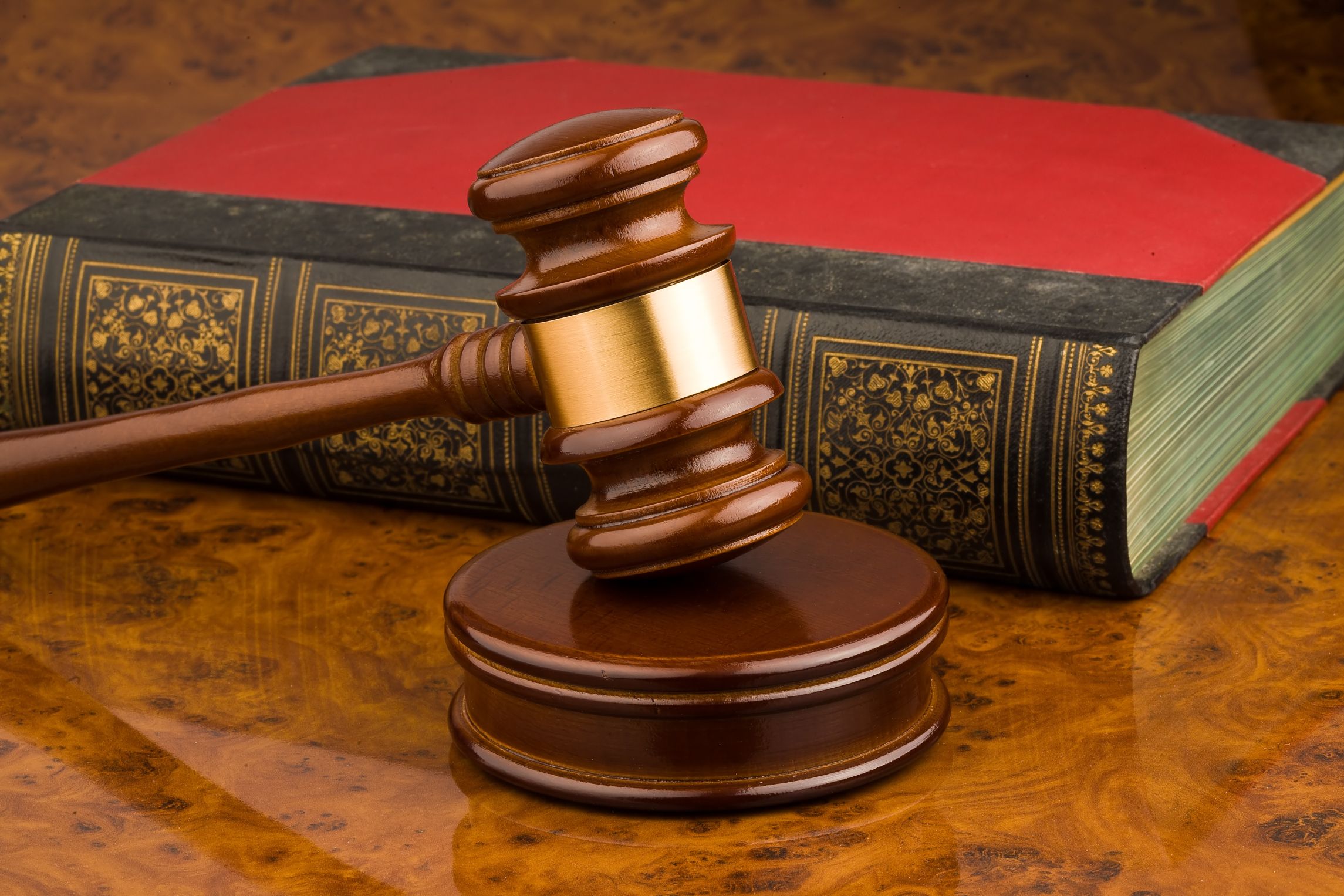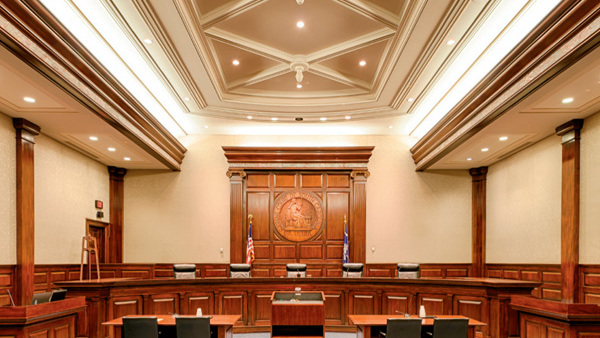The U.S. District Courtfor the Western District of Pennsylvania has ruled that thenamed insured was entitled to all of the proceeds from an insurancepolicy payable after the destruction of the structure it wasoperating and that the owner of the property — a companyin bankruptcy — and the local taxing authorities were notentitled to any of the funds.
|The case
The Trustees of Conneaut Lake Park Inc. (debtor) owned 55.33acres of land in Crawford County, Pa., containing a number ofamusement attractions and buildings. Under a written managementagreement between the debtor and Park Restoration LLC, ParkRestoration operated an attraction located on the debtor's landcommonly referred to as the “Beach Club.” The Beach Club was ahistorical 77-year old structure located on less than one acre ofthe debtor's 55.33-acre property. Although the debtor's full parcelof land had an assessed tax value of $152,195, the Beach Clubitself had an assessed value of only $13,992 (9% of the assessedvalue for the entire property). Park Restoration did not haveaccess to the remaining approximately 54.33 acres of the debtor'sland.
|The management agreement gave Park Restoration the right tooperate the Beach Club for a period of 20 years beginning on Nov.24, 2008, in return for a portion of the profits generated by theBeach Club. In addition to managing the Beach Club, ParkRestoration was required to repair, improve and secure the buildingat its own expense. The management agreement did not give ParkRestoration any type of ownership in the Beach Club; to thecontrary, the debtor remained the sole owner of the Beach Club andthe land on which it was located.
|Destroyed by fire
In connection with its operation of the Beach Club, ParkRestoration purchased, and paid insurance premiums for, a casualtyinsurance policy on the Beach Club structure from Erie Insurance Exchange. The policy insured thestructure for $611,000.
|On Aug. 1, 2013, the Beach Club was destroyed by fire, renderingit unusable for its intended purpose, and Park Restorationsubmitted a claim for the insurance proceeds to Erie. Erie did notdispute the insurance claim; however, it informed Park Restorationthat pursuant to Pennsylvania law (40 Pa. Cons. Stat. § 638),before Erie could pay on the claim, Park Restoration first had toobtain a certificate from the treasurer for the municipality wherethe Beach Club was located that indicated whether there were anydelinquent taxes assessed against the Beach Club. Erie said that ithad to deduct the amount of any delinquent taxes from the insuranceproceeds and transfer the funds to Summit Township, CrawfordCounty, the Tax Claim Bureau of Crawford County, and ConneautSchool District (the taxing authorities) to be credited against thedelinquent taxes.
|Continue reading…
||
(Photo: Shutterstock)
|At the time of the fire, the debtor owed back taxes, dating backto at least 1996, on the entire property in the amount of$478,260.75. Erie notified Park Restoration that it intended todeduct $478,260.75 from the $611,000 insurance proceeds to satisfythe outstanding tax obligation.
|Park Restoration objected and Erie filed an action inPennsylvania state court. The matter was transferred to the U.S.Bankruptcy Court for the Western District of Pennsylvania after thedebtor entered bankruptcy.
|Related: Injured employees can keep damages paid by thirdparties, Massachusetts court rules
|The taxing authorities and Park Restoration each moved forsummary judgment before the bankruptcy court.
|The taxing authorities argued that, under the law, Erie wasrequired to transfer $478,260.75 to the taxing authorities tosatisfy the debtor's outstanding tax liability on the insuredproperty before it could release the remainder of the insuranceproceeds to Park Restoration.
|Tax debt
Park Restoration argued that the statute applied only to thosesituations in which the insured owned the insured property and,therefore, was financially responsible for the delinquent taxes. Inother words, Park Restoration argued, because it didn't own theBeach Club and because it wasn't financially responsible for thedebtor's delinquent taxes, the law couldn't be invoked to forcePark Restoration to assume responsibility for the debt. To do so,Park Restoration argued, would be an unconstitutional taking inviolation of both the U.S. constitution and the Pennsylvaniaconstitution.
|For its part, the debtor also opposed Park Restoration's motionfor summary judgment. The debtor argued that Park Restorationwasn't entitled to any of the insurance proceeds, even the portionthat would remain after the proceeds were applied to the tax debt.The debtor claimed that it was the beneficiary of the insurancepolicy (as opposed to Park Restoration) because the debtor ownedthe Beach Club.
|The bankruptcy court granted partial summary judgment in favorof the taxing authorities and partial summary judgment in favor ofPark Restoration. The bankruptcy court concluded that:
- |
- The Pennsylvania law unambiguously mandated that the delinquenttaxes be deducted from the insurance proceeds.
- Because the statute was enacted prior to the date that theinsurance was purchased, Park Restoration was held to be on noticethat it did not have a protected property interest in the insuranceproceeds.
- There was no “taking” of a protected property interest inviolation of the Takings Clauses in the federal and Pennsylvaniaconstitutions.
- The taxing authorities were entitled to $478,260.75 of theinsurance proceeds.
- The debtor was not an insured beneficiary under the insurancepolicy.
- As such, the remaining $132,739.25 of the insurance proceedsbelonged to Park Restoration.
Park Restoration and the debtor appealed to the districtcourt.
|Continue reading…
||
(Photo: Thinkstock)
|The U.S. District Court's Decision
The district court determined that Park Restoration was entitledto the full amount of the insurance proceeds. In its decision, thedistrict court first ruled that Park Restoration had not agreed toassume the debtor's tax liability simply by purchasing an insurancepolicy on the debtor's property.
|It then found that the Pennsylvania law was ambiguous because itused the terms “named insured” and “the insured property owner”interchangeably. In the district court's view, if the insured partymeant the “named insured” then, arguably, the statute wasapplicable to the debtor's situation. If, however, the term insuredparty meant the “insured property owner,” then the statute was notapplicable because Park Restoration did not own the Beach Club orthe property on which it was located.
|Related: Court: Excess liability insurer has no duty toinvestigate claims
|Examining the legislative history, the district court decidedthat it was intended to apply only to insured propertyowners — the entities that had the “financialresponsibility” for property taxes. Therefore, it ruled, thestatute could not be used to shift the debtor's tax burden ontoPark Restoration.
|Insurable interest
The district court then found that Park Restoration had aninsurable interest in the Beach Club derived from “its undisputedright to long term possession and use of the Beach Club.” As thedistrict court explained:
|Not only did Park Restoration stand to suffer pecuniary lossfrom its loss of income related to operating the facility, but perthe terms of the Management Agreement, Park Restoration wasobligated to invest its own money into the Beach Club facilities.Clearly, the destruction of the Beach Club caused Park Restoration“pecuniary loss.”
|Finally, the district court decided that the insurance policydid not dictate that the proceeds be paid to the debtor. It foundthat:
- |
- The debtor was not listed as the named insured under thepolicy.
- The policy was meant to protect Erie from having to pay twiceunder the policy and was not a method to convert the debtor intothe named insured.
- The debtor was not a third party beneficiary of thepolicy.
- The debtor was not the only party that suffered a loss — Park Restoration had suffered a pecuniary loss whenthe Beach Club was destroyed.
Accordingly, it concluded, Park Restoration was entitled to thefull amount of the insurance proceeds.
|The case is In re Trustees of Conneaut Lake Park,Inc., No. 1:16-cv-00006-BJR (W.D. Penn. May 4, 2016).
Want to continue reading?
Become a Free PropertyCasualty360 Digital Reader
Your access to unlimited PropertyCasualty360 content isn’t changing.
Once you are an ALM digital member, you’ll receive:
- All PropertyCasualty360.com news coverage, best practices, and in-depth analysis.
- Educational webcasts, resources from industry leaders, and informative newsletters.
- Other award-winning websites including BenefitsPRO.com and ThinkAdvisor.com.
Already have an account? Sign In
© 2024 ALM Global, LLC, All Rights Reserved. Request academic re-use from www.copyright.com. All other uses, submit a request to [email protected]. For more information visit Asset & Logo Licensing.








